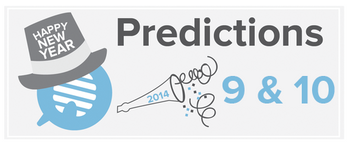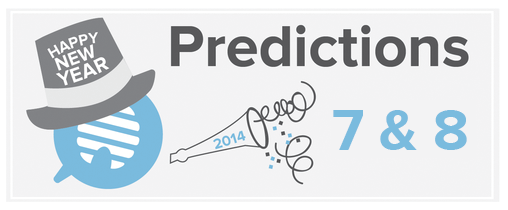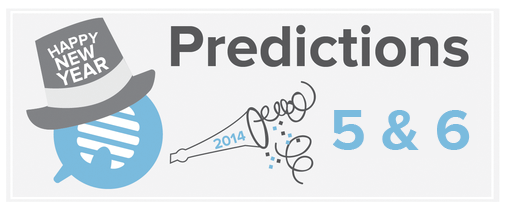Now that 100% of content from Google comes in as “referrer not provided” some people I talk to seem to think that an SEO strategy is no longer needed. Say it isn’t so!
Today a SEO strategy looks a lot like a content strategy … and yes … you need one desperately. Why? Because unless your company has been operating under a rock, it is likely that you have a lot of content on your site – but most of it isn’t particularly findable by prospects or customers. (While prospects are your primary target for search, customers serve as advocates).
An SEO / Content strategy will:
- Set up your content for maximum find ability in search engines
- Prioritize your content against the search terms that have high conversion value and therefore lead directly to revenue
- Identify gaps in your content that could be causing you to leave revenue on the table
- Benchmark the content you have – and it’s find ability – against your competition
In short, SEO strategies are all about making your content findable in search … recognizing that search signals intent.
Remember … prospects search on the topics that represent pain points for them. An SEO strategy starts by brainstorming the pain points of your prospects and then translating those pain points into a set of likely search terms. Then in creating new content and/or leveraging the content you already have in new ways, so as to increase your find ability exponentially.
An SEO strategy built around your content needs will also give you the input into site architecture you need to do a successful site redesign. Without it, you risk redesigning your site in a way that won’t meet your business goals.
Deliverables and how long this takes for a typical B2B customer:
- 10 hours – Customer pain points exploded into search terms
- 40 hours – Content inventory with gap analysis and assessment of find ability of existing content plus recommendations on how to improve the
- Optional – 100 hours – Competitive analysis limited to top 3 competitors – to identify content gaps and key search terms used
- Optional – 20 hours – review of gated content strategy; optimization of landing pages.
Note that we can skinny down the competitive analysis. The amount of time we spend here is really dependent on how much content the competitors have and we won’t know that until we take an in depth look at their site.





